Introduction: Why Every Home Needs a Smart Water Shut-Off Valve
Water damage is one of the costliest and most disruptive issues homeowners face, often occurring without warning and leading to expensive repairs and insurance claims. Traditional shut-off valves can prevent some disasters, but what if you’re away when a pipe bursts or a leak starts? Enter the smart water shut-off valve—a device designed to automatically detect leaks and shut off your home’s water supply in seconds. These innovative gadgets integrate with your home’s Wi-Fi and smart home systems, offering remote control and real-time alerts to your smartphone. In this comprehensive guide, you’ll learn how to select, install, and maintain a smart water shut-off valve, including essential tools, setup tips, troubleshooting advice, and best practices for ongoing leak prevention. Whether you’re a seasoned DIYer or tackling your first major plumbing upgrade, this step-by-step tutorial will empower you to protect your home and gain peace of mind—all while saving potentially thousands of dollars in water damage.
Understanding Smart Water Shut-Off Valves
How Do Smart Water Shut-Off Valves Work?
Smart water shut-off valves are electronic devices installed on your main water line. They use sensors to detect leaks, pressure changes, or abnormal water flow. When a potential leak is identified, the valve closes automatically, stopping the flow of water and preventing further damage. Most models connect to your home Wi-Fi, enabling remote monitoring and control via a smartphone app. Some systems also integrate with smart home platforms like Alexa, Google Assistant, or Apple HomeKit.
Key Features to Look For
- Automatic Leak Detection: Built-in sensors or integration with separate leak detectors in high-risk areas (laundry, bathrooms, kitchen).
- Remote Control: Manual shut-off from anywhere using your phone.
- Smart Home Compatibility: Integration with existing smart devices and routines.
- Battery Backup: Ensures operation during power outages.
- Flow Monitoring: Real-time analytics on water usage and anomalies.
- Easy Installation: DIY-friendly options with clear instructions and required hardware.
Is DIY Installation Right for You?
Assessing Your Plumbing Skills
Installing a smart water shut-off valve is a manageable project for those comfortable with basic plumbing tasks, such as shutting off the water, cutting a pipe, and using common tools. If you’ve replaced a section of pipe, swapped out a faucet, or installed a water filter, you can likely handle this upgrade. However, if your main line is hard to access, made of unusual material, or if you lack confidence cutting and reassembling pipes, consider hiring a licensed plumber or consulting with one before beginning.
Understanding Local Codes and Insurance Requirements
Before starting, check that your new valve is compliant with local plumbing codes. Some municipalities have specific requirements regarding backflow prevention, device certification, or installation by a licensed professional. Notify your home insurance provider, as some offer discounts for leak detection devices or require documentation for coverage.
Tools and Materials Checklist
- Smart water shut-off valve kit (includes valve, controller, mounting hardware)
- Pipe cutter (for copper, PEX, or PVC as appropriate)
- Adjustable wrench and/or channel locks
- Pliers
- Measuring tape
- Pipe deburring tool (for copper or PEX)
- Teflon tape or pipe thread sealant
- Bucket and towels (for residual water in pipes)
- Drill and bits (if mounting the controller to a wall)
- Smartphone/tablet for device setup
- Marker or pencil for marking cuts
- Optional: Leak detectors for additional coverage
Step-by-Step Installation Guide
1. Preparation and Safety
- Shut off the main water supply at the street or main shut-off valve.
- Open a faucet at the lowest point in your home to drain water from the pipes.
- Lay down towels and a bucket to catch any remaining water.
- Turn off the power to nearby outlets if working in a damp area.
2. Mark and Cut the Pipe
- Identify a straight, accessible section of pipe near where the main line enters your home.
- Measure the length of the shut-off valve body and mark the pipe accordingly.
- Using the pipe cutter, carefully cut out the marked section. Use a deburring tool to smooth edges and remove burrs.
- Dry-fit the valve to ensure proper alignment and fit.
3. Install the Smart Shut-Off Valve
- Apply Teflon tape or thread sealant to all threaded connections.
- Attach the valve according to the manufacturer’s instructions. This may involve compression fittings, push-fit connectors, or unions depending on your pipe type.
- Tighten all connections securely but avoid over-tightening, which can damage threads or fittings.
- If your system includes a controller box, mount it nearby using screws and anchors, ensuring access to power and Wi-Fi.
4. Restore Water and Test for Leaks
- Slowly open the main water supply.
- Check all new connections for leaks with a dry towel or paper towel.
- Address any drips by tightening fittings or reapplying sealant as needed.
5. Connect to Wi-Fi and Configure the App
- Download the manufacturer’s app on your smartphone or tablet.
- Follow the in-app instructions to connect the valve to your Wi-Fi network.
- Assign the device a name and location for easy identification.
- Set up alerts, notifications, and routines for automatic shut-off in case of leaks.
- Integrate with smart home assistants if desired.
6. Optional: Pair Additional Leak Sensors
- Place wireless leak sensors near appliances, water heaters, or in basements for enhanced protection.
- Test sensors to ensure they trigger valve closure and send alerts as expected.
Troubleshooting Common Installation Issues
- Wi-Fi Connection Problems: Move the router closer or use a Wi-Fi extender. Ensure your 2.4GHz network is enabled if required.
- Valve Not Closing Fully: Check for debris or obstructions in the valve body. Reinstall if necessary and ensure proper alignment.
- Persistent Leaks: Re-tighten fittings, check for damaged O-rings, and ensure pipes are cut square and deburred.
- App Not Detecting Valve: Reset the device and repeat pairing process. Ensure Bluetooth or location services are enabled during setup.
Maintenance Best Practices
Monthly Checks
- Test the shut-off function using the app or manual button to ensure the valve operates smoothly.
- Inspect for any leaks around the valve and connections.
Annual Service
- Check battery backup (if present) and replace batteries as needed.
- Update the device firmware via the app to ensure the latest features and security patches.
- Clean the valve exterior and make sure the sensor area is free of dust or debris.
After Power Outages or Internet Changes
- Verify the valve is online in the app and reconnect to Wi-Fi if needed.
- Test the system to ensure remote shut-off is functional.
Cost Breakdown and Budgeting Tips
Typical Device Costs
- Smart water shut-off valve kits range from $150 to $400 depending on brand and features.
- Additional leak sensors: $30–$60 each.
- Optional professional installation: $200–$500 depending on local rates and plumbing complexity.
Saving Money on Your Project
- Look for manufacturer rebates or discounts from your home insurance provider.
- Purchase bundled kits that include multiple leak sensors.
- Opt for a DIY-friendly model to avoid installation fees if you have basic plumbing skills.
Frequently Asked Questions
Will a smart shut-off valve work during a power outage?
Many models offer battery backup for continued operation when the power is out. Always check the specs before buying and ensure batteries are maintained.
Can I install a smart valve on any type of pipe?
Most valves are compatible with copper, PEX, and PVC pipes. Check your pipe diameter (usually 3/4″ or 1″) and ensure the kit matches. Some specialty pipes may require adapters.
What if I have a water softener or filtration system?
Install the smart valve upstream (before) any water softener or filter to ensure the entire home is protected from leaks.
Conclusion: Protect Your Home—The Smart Way
Water damage is a risk that most homeowners underestimate until it’s too late. By installing a smart water shut-off valve, you take proactive control over your home’s safety, avoiding not only costly repairs but also the emotional stress of dealing with leaks and insurance claims. This upgrade is among the most effective DIY projects for modern homes, combining straightforward installation with powerful, real-time protection. With ongoing advancements in smart home technology, you gain additional benefits like water usage monitoring, seamless integration with your favorite voice assistants, and the ability to automate emergency responses even when you’re away on vacation or at work.
Remember, the investment in a quality smart water shut-off valve pays for itself many times over with just one prevented leak. By following the detailed steps, tips, and maintenance practices outlined in this guide, you ensure your device operates reliably for years to come. Don’t wait for a disaster—empower yourself with the right tools, knowledge, and technology to protect your home, your wallet, and your peace of mind. Ready to start? Gather your tools, pick the perfect valve, and make your home smarter and safer today.

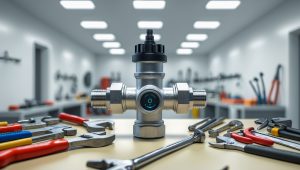

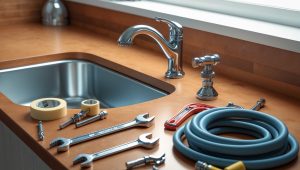

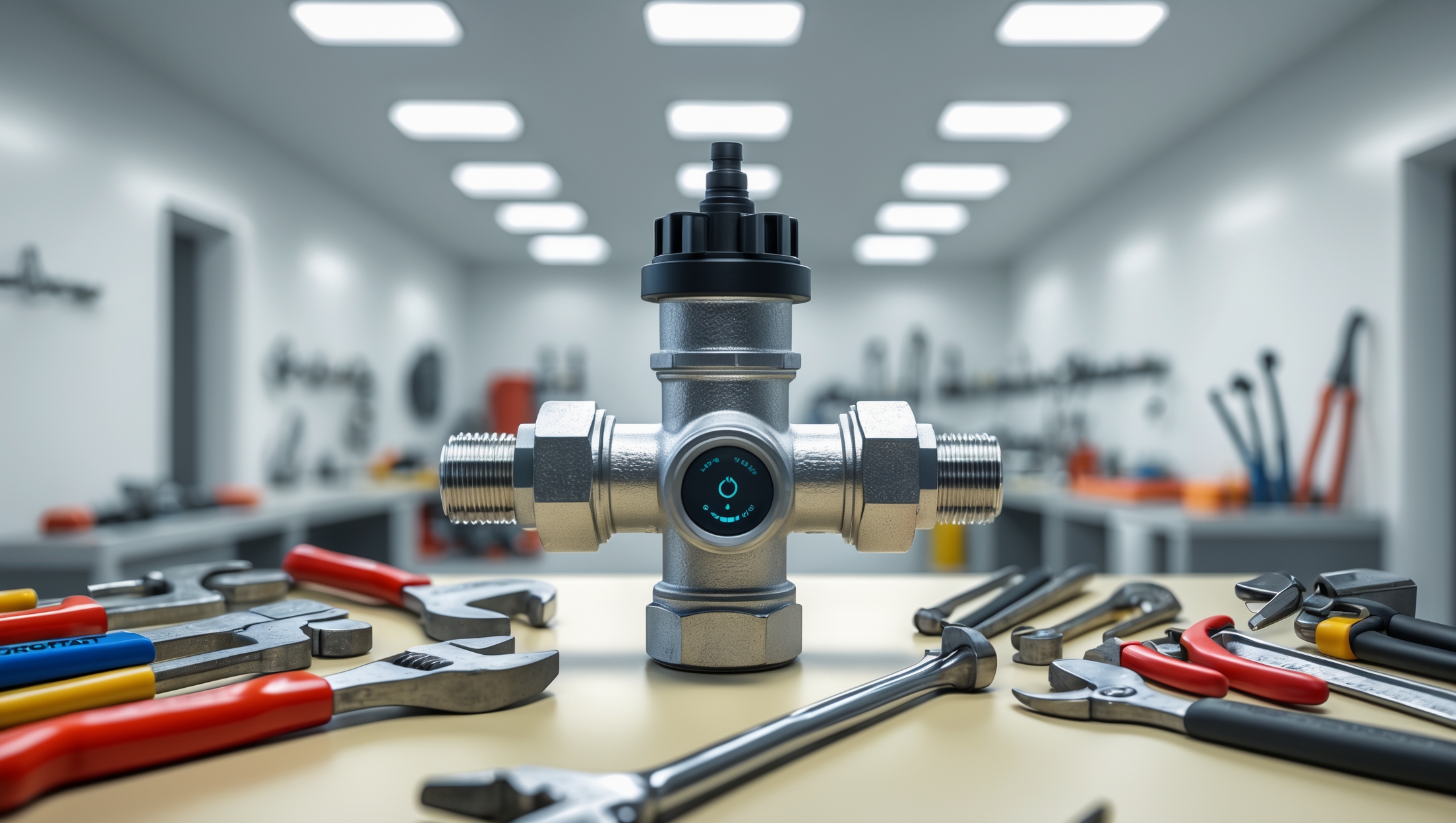

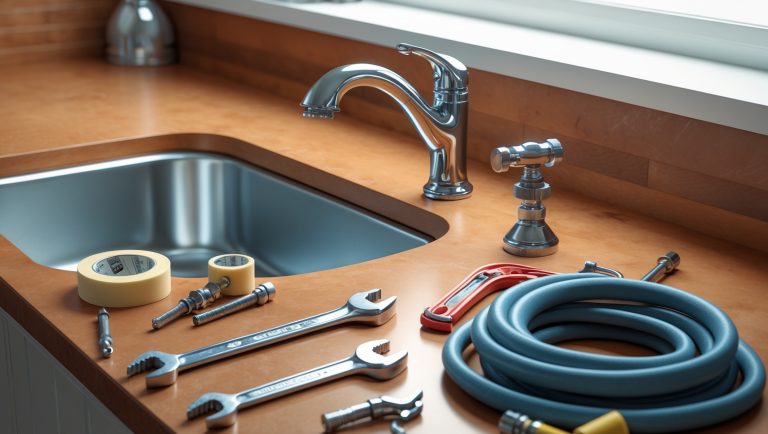
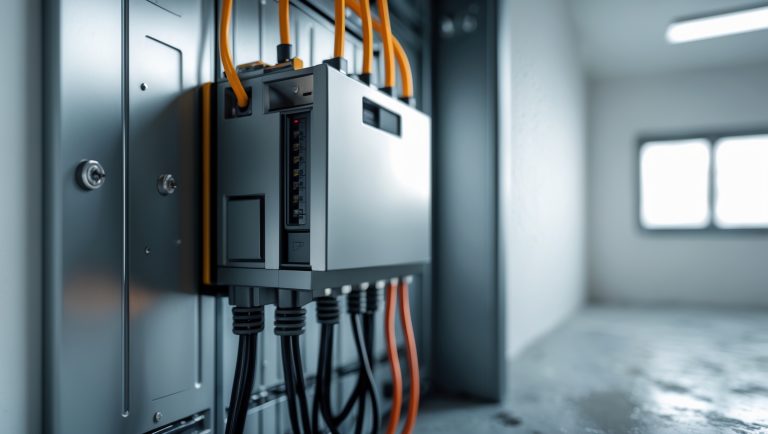
If my home’s main water shut-off valve is pretty old and tricky to access, do you have any tips for making the installation of a smart shut-off valve easier? Should I hire a plumber or can someone with basic DIY skills handle this?
If your main shut-off valve is old and hard to reach, installing a smart shut-off valve could be more challenging. In this case, it’s often best to hire a plumber, especially if the existing valve needs to be replaced or if pipe modifications are needed. A plumber can ensure a proper, leak-free installation and help relocate the valve if accessibility is an issue. For basic installations on accessible, newer valves, confident DIYers can sometimes handle it, but safety and water damage prevention are key considerations.